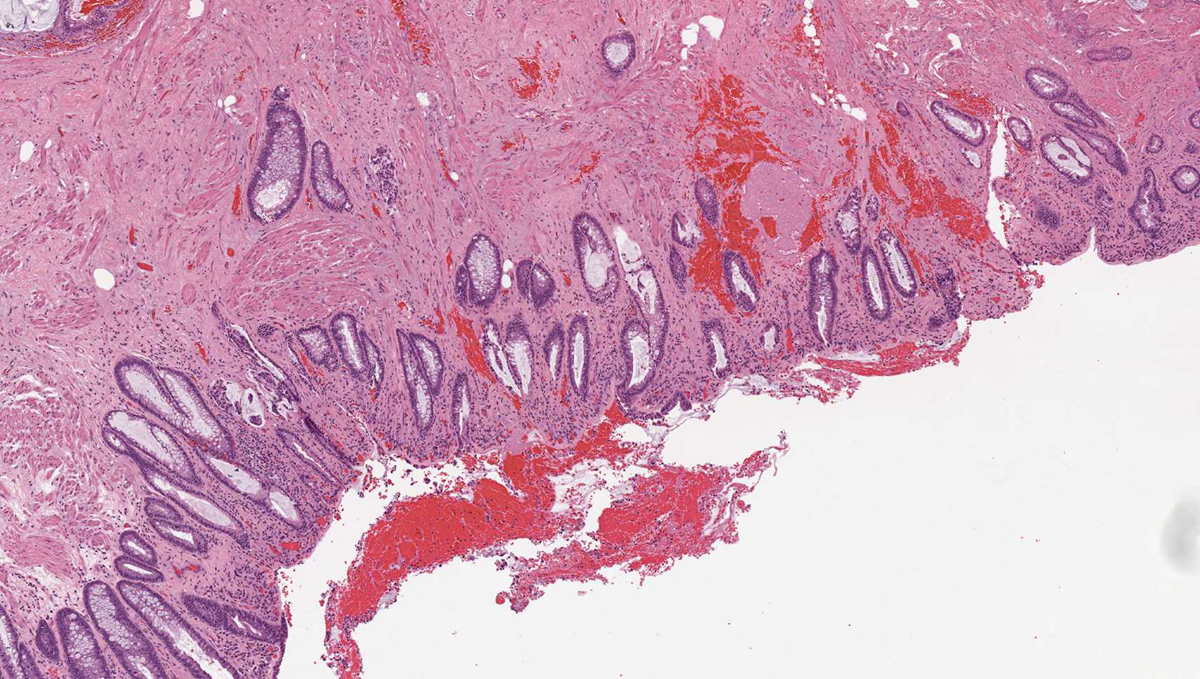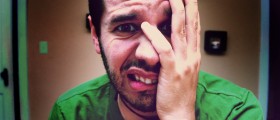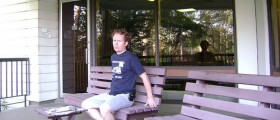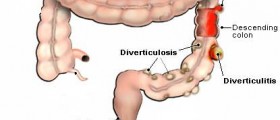
Rectal prolapse is a medical condition that affects both genders and is characterized by protrusion of the organ, to be more precise the tissue that lines the rectum through the anal opening. Severe cases of rectal prolapse known as complete prolapse are always treated surgically while mild cases may be brought under control with conservative treatments.
Treatment for Rectal Prolapse in Children
In children the condition tends to withdraw on its own and the prolapse can be treated conservatively with success. In case a child is suffering from rectal prolapse there are certain maneuvers a parent can perform in order to place the protruded parts of the rectum back to their original place. Namely, it is essential to push the protruded part of the rectum back as soon as the prolapse occurs. This can be performed by wearing latex gloves and lubricating gel. Swelling can be additionally reduced with an ice pack. One of the preventive methods is to use a small toilet placed on the floor which will provide with proper support to a child's buttocks and reduce straining during defecation.
In majority of cases rectal prolapse in children occurs between 9 months and 3 years of age. If treated properly the condition usually does not reoccur after the age of 6. In case the prolapse simply does not respond to recommended treatment some children are treated with injections of a chemical called sclerosant. The injection is highly effective and strengthens the organ once it is injected into the wall of the rectum.
Treatment for Rectal Prolapse in Adults
In adults rectal prolapse is a much more serious condition. The initial care includes dietary changes. Diet for rectal prolapse must contain plenty of fiber. Such foods reduce constipation and straining during defecation. If this does not work, one is prescribed with certain medications. These medications are basically stool softeners and they prevent constipation and subsequently allow defecation without excessive straining. Surgery is performed only in severe cases of rectal prolapse when the condition cannot be controlled with conservative therapy.
Surgery for rectal prolapse in adults depends on the severity of the condition and patient's overall health. Complete rectal prolapse is generally treated with two approaches. The first option includes incision lines on the front wall of the abdomen and the surgeon secures a part of the large intestine or rectum to the inside of the abdominal cavity. This does not allow rectum to bulge any more. This type of surgery is known under the name rectoplexy and it is generally performed in younger and healthy adults. The other type of surgery is performed through the perineum. During this procedure the surgeon tightens the anal sphincter. This type of surgery is performed in elderly patients.

















Your thoughts on this
Loading...